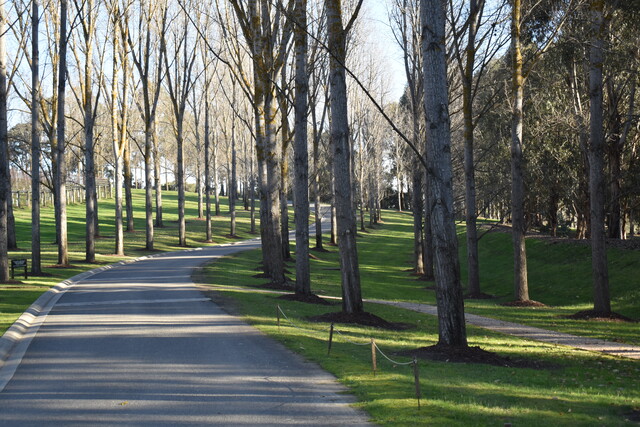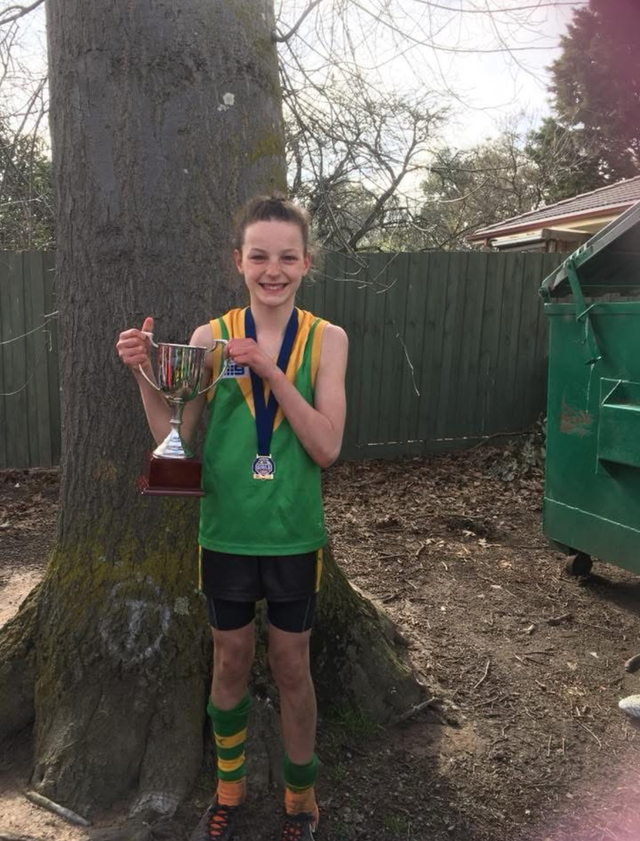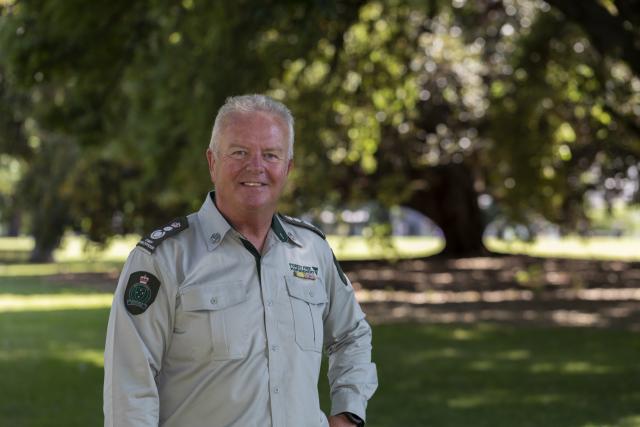Yarra Ranges Council (YRC) announced its Tree Canopy Strategy (TCS) set up after the community consultation.
The TCS aims to conserve and enhance Yarra Ranges’ leafy character, culturally significant landscapes and unique biodiversity through the protection, management and planting of trees, which will improve liveability, support community health and wellbeing, maintain ecosystems and enhance local tourism.
Under the TCS, YRC will increase tree canopy cover on public land, while specifically increasing cover in built-up areas, with targeting to have 35 per cent canopy cover and provide a minimum of 25 per cent canopy cover for all suburbs and towns in built-up areas by 2044.
Lyster Ward councillor Johanna Skelton said she is looking forward to seeing the implementation of the plan.
“It’s going to be quite an incredible feat if we can achieve that 35 per cent,” she said.
“I love the idea of having the suburbs and towns in the built-up areas with a 25 per cent target because it is those areas like Chirnside Park that really need our attention for street tree planting programs and people have been keen to see that for a really long time.
“It’s great to see that the biodiversity perspective will be considered. It’s great to see that they’re looking at how they can work with local growers to see what tree species are going well and what are likely to go well into the climate change future.”
YRC will also focus on minimising tree risks, particularly tree risks associated with bushfires and storms by including plans to reduce hazardous trees along roadsides for bushfire preparedness and successfully establish 95 per cent of new street tree plantings, inclusive of formative pruning in the TCS.
The TCS also recognises the impact of climate change and extreme weather events including heat waves, flooding and drought.
Billanook Ward councillor Tim Heenan said it’s important to manage the trees in the right place with the right species.
“We’ve had numerous complaints over many years that people just want trees cut down,” he said.
“The reason why they want them cut down, particularly in some of our suburban locations, is they probably shouldn’t have been planted there in the first place. It was the wrong species to choose.
“Our plan indicates that we’re going to have proper management of that now .”
Cr Heenan also highlighted the importance of protecting culturally significant non-Indigenous trees in public areas.
“I’m not taking anything away from our Indigenous bush, but this is what happens where the protection or the opportunity to plant Indigenous [trees] has always been there for a very long time,” he said.
“But, we need to protect and care for the culturally significant non-Indigenous trees in areas too.”







